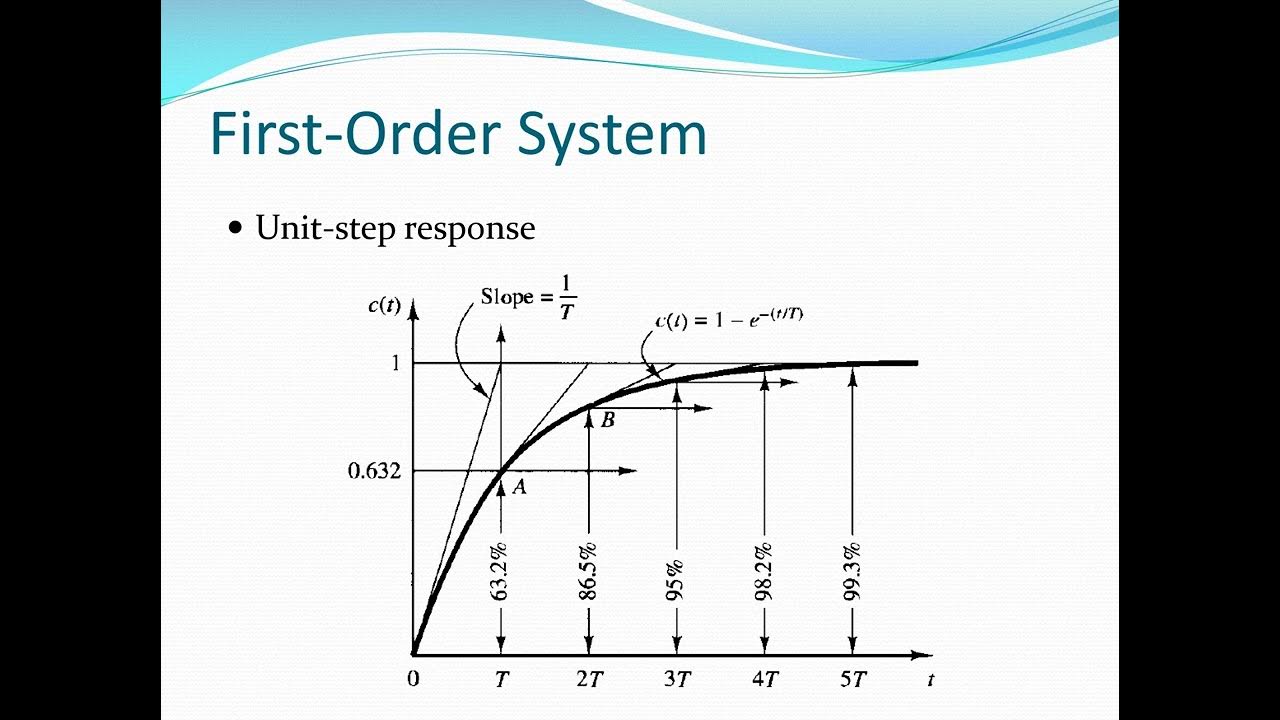Damping of Simple Harmonic Motion (not DAMPENING, silly, it might mold!) | Doc Physics
Summary
TLDRThis video explains the concept of damping in oscillating systems, such as pendulums and mass-spring systems, and distinguishes between three types of damping: underdamped, critically damped, and overdamped. The video highlights how damping forces, like friction, cause energy to dissipate from a system, with each damping type affecting the system's return to equilibrium. Through analogies like car suspensions and the behavior of shocks, the speaker explains the practical implications of damping in real-world systems, emphasizing the ideal nature of critically damped systems for rapid stabilization without oscillations.
Takeaways
- 😀 Damping refers to the gradual loss of energy in an oscillating system, such as a pendulum, due to forces like friction.
- 😀 Dampening, a common misconception, is not a physics concept but refers to something becoming damp, like wet socks from dew.
- 😀 Damping causes the amplitude of oscillations to gradually decrease over time until it approaches zero.
- 😀 The damping force is typically related to friction and depends on the velocity of the oscillating object, not its position.
- 😀 The amount of damping can be represented by a variable 'B', which affects how quickly the amplitude decreases.
- 😀 There are three types of damping: underdamped, critically damped, and overdamped, each affecting oscillations differently.
- 😀 In an underdamped system, the oscillations gradually decrease over time but do not immediately stop, resembling an exponential decay.
- 😀 Critically damped systems return to equilibrium as quickly as possible without oscillating, like a pendulum moving through a viscous substance (e.g., maple syrup).
- 😀 Overdamped systems return to equilibrium slowly without oscillations, often taking much longer than critically damped systems to stabilize.
- 😀 Real-world example: a car with underdamped shock absorbers causes excessive bouncing when hitting a pothole, while an overdamped system would result in a harsh, slow response.
- 😀 In some cars, tunable shock absorbers are used to optimize damping and achieve critically damped behavior for smooth, quick adjustments to changes in motion.
Q & A
What is the difference between damping and dampening in physics?
-Damping refers to the process where energy leaves an oscillating system, gradually reducing its amplitude. Dampening, on the other hand, is not a physics concept and refers to things like getting your socks wet when walking in dew.
What causes damping in a system?
-Damping occurs due to frictional forces, which gradually remove energy from an oscillating system, such as a pendulum or a mass on a spring.
How does the damping force behave in terms of velocity?
-The damping force typically opposes the velocity of the system. It is not dependent on position but on the speed of the system, and its magnitude is proportional to the velocity (often represented as B * V).
What are the three classes of damping and what do they represent?
-The three classes of damping are: underdamped, critically damped, and overdamped. Underdamped systems oscillate with decreasing amplitude, critically damped systems return to equilibrium as quickly as possible without oscillating, and overdamped systems return to equilibrium slowly without oscillating.
What characterizes an underdamped system?
-An underdamped system oscillates with gradually decreasing amplitude. The energy is removed from the system slowly, and the oscillations persist for a longer period.
How does critically damped behavior differ from underdamped and overdamped?
-A critically damped system returns to equilibrium in the shortest time without oscillating. It dissipates all the energy before the first oscillation, while overdamped systems take longer to reach equilibrium, and underdamped systems continue to oscillate for a longer period.
What happens in an overdamped system?
-In an overdamped system, the damping is so strong that the system returns to equilibrium without oscillating, but it takes an extended period of time to settle.
What is the practical implication of an overdamped car shock absorber?
-In an overdamped car shock absorber, the car would not bounce back after hitting a pothole and would feel too stiff or harsh, as the system would slowly return to equilibrium without much movement.
Why do cars need critically damped shock absorbers?
-Cars need critically damped shock absorbers to ensure that after hitting a pothole, the car quickly returns to its normal position without excessive bouncing or harsh stiffness, thus providing comfort and stability.
How does the velocity of a moving object affect damping forces?
-As the velocity of an object increases, the damping force also increases, leading to a stronger reduction in the system's oscillations. At very high speeds, higher-order terms (such as velocity squared or cubed) can even start to affect the damping force.
Outlines

This section is available to paid users only. Please upgrade to access this part.
Upgrade NowMindmap

This section is available to paid users only. Please upgrade to access this part.
Upgrade NowKeywords

This section is available to paid users only. Please upgrade to access this part.
Upgrade NowHighlights

This section is available to paid users only. Please upgrade to access this part.
Upgrade NowTranscripts

This section is available to paid users only. Please upgrade to access this part.
Upgrade Now5.0 / 5 (0 votes)





